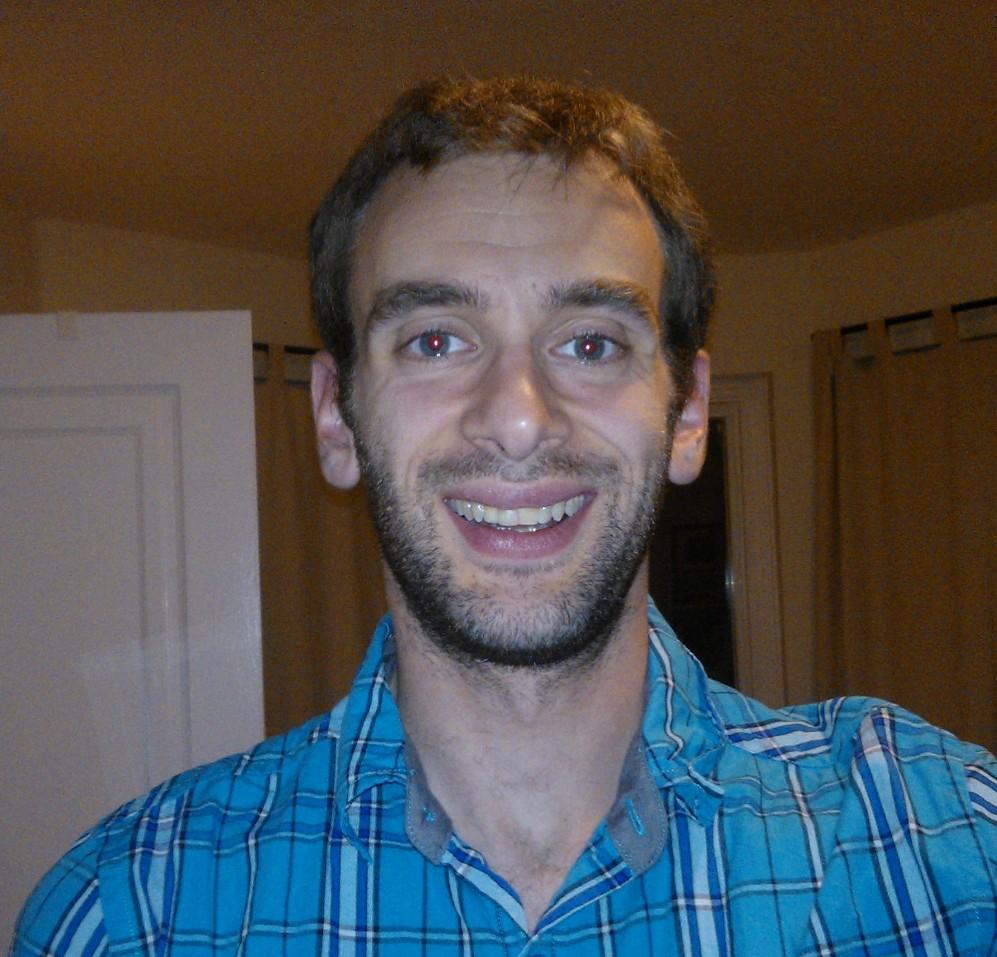“My original intention in the late 1940s was to spend a few years understanding the boranes, and then to discover a systematic valence description of the vast numbers of electron deficient intermetallic compounds. I have made little progress toward this latter objective,” said the late Professor William N. Lipscomb in his 1976 Nobel acceptance speech.1
In their recent Dalton Transactions Hot Article, Jose M. Goicoechea and John E. McGrady examine the chemistry of main group cluster-encapsulated transition metal atoms, laying another piece of the foundation of Lipscomb’s “latter objective.”
The authors assign themselves an ambitious task: to provide a system to predict the geometries of cages of the tetrel elements (C, Si, Ge, Sn, Pb) which encapsulate transition metal atoms. They focus on six high-symmetry cage structures, shown below, which have been observed for tetrel-encapsulated metal atoms (denoted M@Ex, for example Ni@Ge12.).
Lipscomb’s elegantly-described closo, nido, and arachno borane structures (“closed,”“nest”, and “spider’s web,” respectively) provided an initial basis for classifications of cages. Later, the Wade/Mingos rules laid the foundation for predicting the geometries based on the electronic structure of the cluster.
Goicoechea and McGrady use the total valence electron count – of the tetrel cages, plus the d-electron count of the encapsulated metal – to describe patterns in the structures. Nevertheless, some results defy electron-count classification, for example, the preference of silicon cages to form D6h-symmetric hexagonal prisms in M@Si12 complexes, in contrast to the M@Ge12 analogues.
It is a broad, big-picture paper, a synthesis of a wide range of experimental and theoretical results. Some structures are known experimentally from x-ray crystallography, some have only been predicted computationally. The authors discuss the varying relevance of considering the d-electron counts of the metals, and technological implications such as quenching of the magnetic moment of encapsulated metal atoms. For me, the scope alone made this a worthwhile read.
Read the full article now:
On the structural landscape in endohedral silicon and germanium clusters, M@Si12 and M@Ge12
José M. Goicoechea and John E. McGrady
Dalton Trans., 2015, DOI: 10.1039/C4DT03573A
1 Lipscomb, W.N. “The Boranes and Their Relatives” in Les Prix Nobel en 1976. Imprimerie Royal PA Norstedt & Soner, Stockholm, 1977
 |
Ian Mallov is currently a Ph.D. student in Professor Doug Stephan’s group at the University of Toronto. His research is focused on synthesizing new Lewis-acidic compounds active in Frustrated Lewis Pair chemistry. He grew up in Truro, Nova Scotia and graduated from Dalhousie University and the University of Ottawa, and worked in chemical analysis in industry for three years before returning to grad school. |











